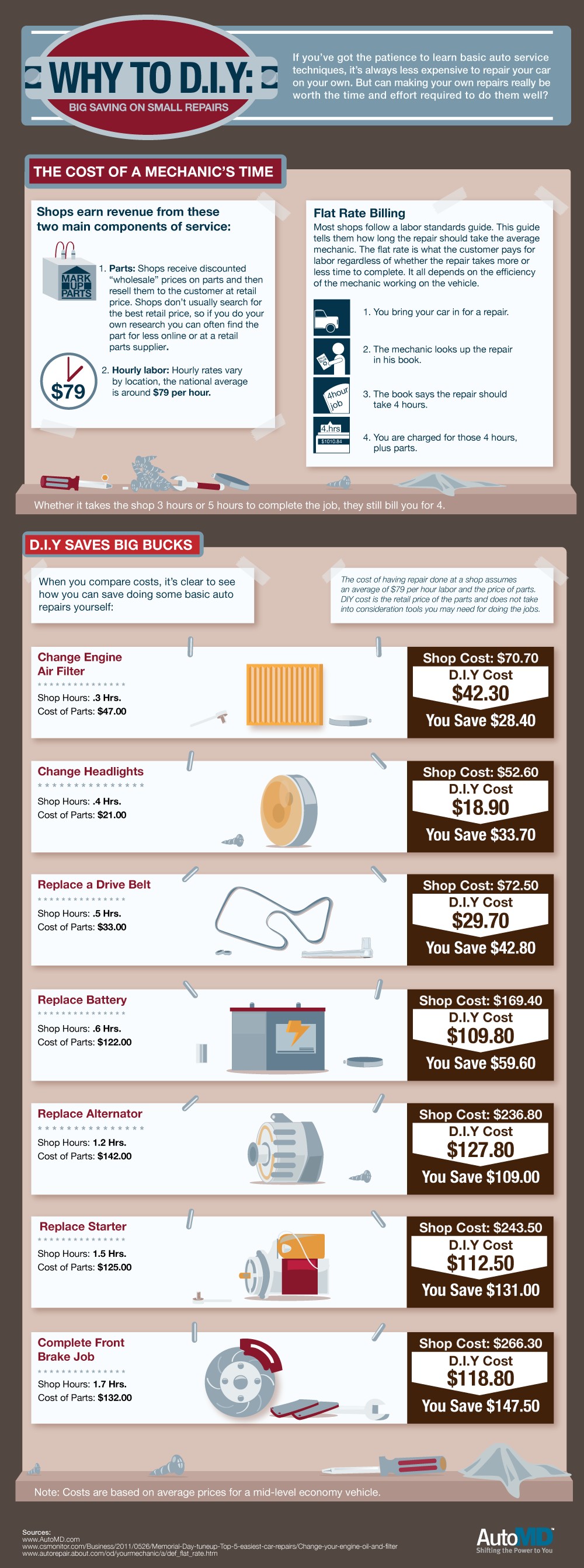Understanding The Meaning Behind Your Automobile'S Warning Lighting: A Comprehensive Look
Understanding The Meaning Behind Your Automobile'S Warning Lighting: A Comprehensive Look
Blog Article
Developed By-Termansen Winters
When you lag the wheel, those beautiful caution lights on your control panel can be a little bit perplexing. Do you know what they're trying to inform you about your automobile's wellness? Understanding the relevance of these lights is essential for your safety and security and the longevity of your automobile. So, the following time one of those lights pops up, would not you want to analyze its message precisely and take the required steps to resolve it?
Common Warning Lights and Interpretations
Identify typical warning lights in your auto and recognize their significances to ensure secure driving.
The most normal caution lights include the check engine light, which signifies problems with the engine or discharges system. If this light comes on, it's vital to have your vehicle examined quickly.
The oil pressure cautioning light shows reduced oil pressure, calling for immediate focus to prevent engine damages.
A blinking battery light could suggest a damaged charging system, possibly leaving you stranded otherwise addressed.
The tire pressure monitoring system (TPMS) light signals you to low tire stress, impacting lorry stability and gas performance. Ignoring what is car grooming could bring about dangerous driving conditions.
The abdominal muscle light shows a problem with the anti-lock stopping system, endangering your ability to quit quickly in emergencies.
Last but not least, the coolant temperature level advising light warns of engine getting too hot, which can lead to serious damage otherwise settled promptly.
Comprehending these common warning lights will aid you deal with concerns without delay and maintain risk-free driving conditions.
Importance of Prompt Interest
Understanding the usual warning lights in your cars and truck is just the very first step; the relevance of promptly attending to these warnings can not be highlighted sufficient to ensure your security when traveling.
When a warning light illuminates on your dashboard, it's your auto's method of interacting a possible problem that requires focus. Overlooking these warnings can cause more serious issues in the future, jeopardizing your security and potentially costing you a lot more out of commission.
Prompt focus to cautioning lights can protect against failures and crashes. As an example, a flashing check engine light could suggest a misfire that, if left unattended, could create damage to the catalytic converter. Addressing car interior detailer can save you from a pricey repair service.
In a similar way, a brake system alerting light may signify low brake fluid or worn brake pads, essential elements for your security when driving.
DIY Troubleshooting Tips
If you see a warning light on your control panel, there are a couple of do it yourself repairing ideas you can attempt prior to looking for expert help.
The primary step is to consult your cars and truck's handbook to comprehend what the details warning light suggests. Sometimes the issue can be as straightforward as a loose gas cap causing the check engine light. Tightening up the gas cap might resolve the trouble.
paintcorrectionnz is a reduced battery, which can cause various warning lights. Inspecting the battery connections for corrosion and guaranteeing they're safe may take care of the trouble.
If a caution light continues, you can attempt resetting it by separating the cars and truck's battery for a couple of mins and afterwards reconnecting it. Furthermore, inspecting your vehicle's fluid degrees, such as oil, coolant, and brake fluid, can assist troubleshoot warning lights connected to these systems.
Conclusion
In conclusion, comprehending your cars and truck's caution lights is crucial for keeping your car running smoothly and safely. By quickly attending to these signals and understanding what they suggest, you can stay clear of costly fixings and potential malfunctions.
Remember to consult your car's handbook for specific information on each cautioning light and act as necessary to make certain a trouble-free driving experience.
Stay informed, remain safe when traveling!
